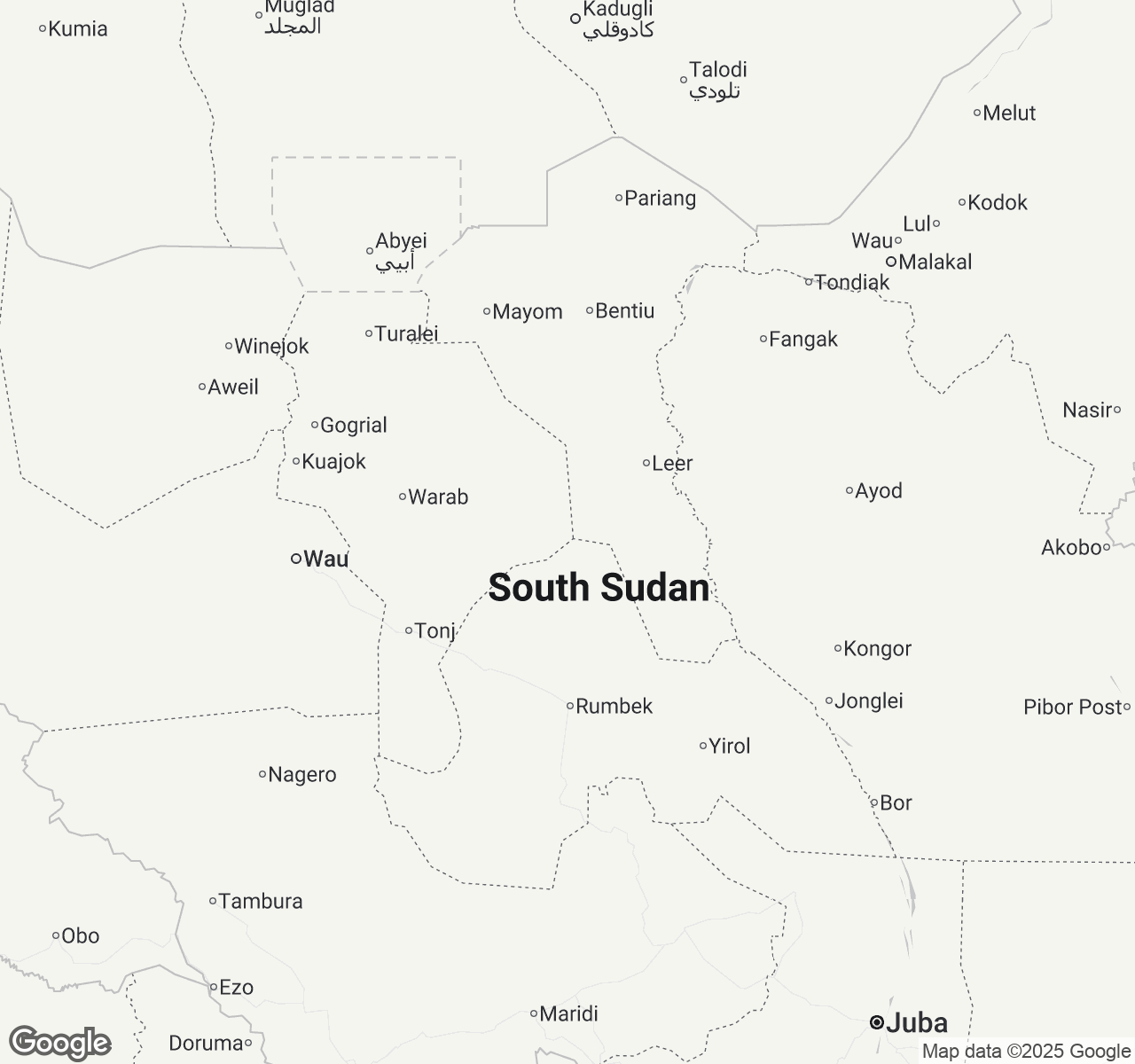
Things to Do in South Sudan
Discover the best of South Sudan
Plan Your Trip
Essential guides for timing and budgeting
Top Things to Do in South Sudan
Discover the best activities and experiences. Book now with our trusted partners and enjoy hassle-free adventures.
Explore Destinations in South Sudan
Your Guide to South Sudan
About South Sudan
South Sudan beckons the intrepid traveler with an untamed authenticity rarely found in our interconnected world. Here, the White Nile winds through landscapes where ancient traditions pulse alongside emerging national identity, creating a tapestry of profound human resilience. Vast wetlands stretch endlessly under impossibly wide skies, while acacia-dotted plains harbor some of Africa's most spectacular wildlife migrations. The warmth of South Sudanese hospitality transcends language barriers—whether sharing tea with Dinka pastoralists or witnessing the busy markets of Juba come alive at dawn. This is not tourism as spectacle, but as genuine cultural exchange. Every interaction carries weight, every landscape tells stories of survival and hope. South Sudan offers the rare privilege of witnessing a nation writing its own story in real-time, where travelers become temporary threads in a narrative of extraordinary complexity and beauty.
Travel Tips
Transportation: Travel exclusively with established operators or NGO-affiliated services. Road conditions deteriorate rapidly during rains; charter flights are essential for remote areas. Always carry vehicle recovery equipment and travel in convoys outside urban areas.
Money: Bring USD cash only—credit cards don't function and ATMs are virtually non-existent. Exchange at official banks in Juba. Budget $150-300 daily for complete ground support including security arrangements and local guides.
Cultural Respect: Photography requires explicit permission, especially of people. Dress conservatively covering shoulders and knees. Learn basic greetings in Arabic or local languages. Avoid discussing politics directly; focus on cultural exchange and shared experiences instead.
Food Safety: Eat only thoroughly cooked, hot foods from reputable establishments. Bottled water exclusively—bring water purification tablets as backup. Traditional dishes like asida and kisra are generally safe when freshly prepared and served hot.
When to Visit
South Sudan's optimal travel window spans December through February (20-32°C, minimal rainfall) when roads remain passable and wildlife concentrates around permanent water sources. This peak season sees 40-60% higher costs for flights and accommodation. March-May brings rising temperatures (25-38°C) and sporadic rains—ideal for serious wildlife enthusiasts willing to navigate challenging conditions for exceptional game viewing opportunities. June-November constitutes the wet season (average 800-1200mm rainfall, temperatures 22-30°C) when much of the country becomes inaccessible, though this period offers 30-50% savings for those reaching accessible areas. Independence Day celebrations (July 9th) provide unique cultural experiences despite challenging weather. December hosts various traditional festivals coinciding with harvest season. Adventure travelers should target the dry season's end (March-April) for the most rewarding wildlife experiences, while cultural enthusiasts benefit from December-January's festival calendar and comfortable temperatures. Budget-conscious travelers can find significant savings during shoulder months (March, November) when weather remains manageable. Note that political stability should always be verified before travel, regardless of season.

South Sudan location map